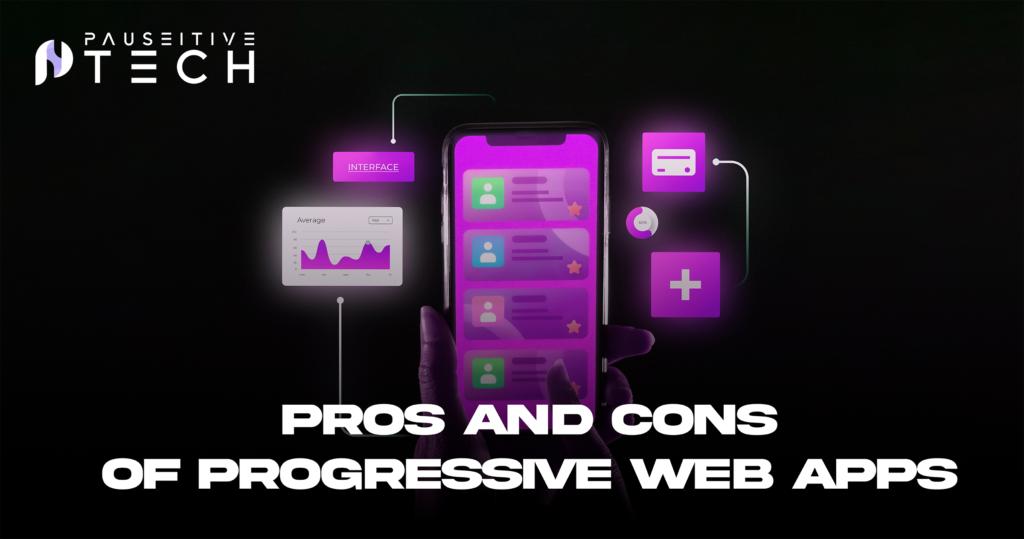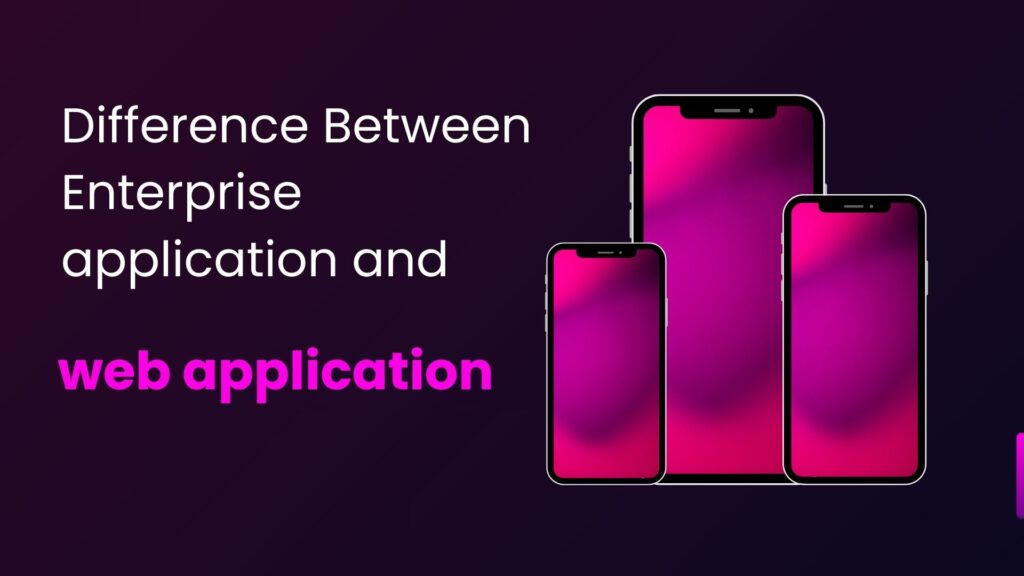The deployment of web applications that work across both online and offline environments, plus embody the features of native apps, is perfect for what a progressive web application (PWA) offers. PWAs are a comparatively innovative solution between the traditional mobile app and website, providing significantly greater functionality, more engaged users, and such bonuses as going offline. This article aims to evaluate the pros and cons of Progressive Web Apps, to provide the necessary insights to those intending to incorporate the technology in their business or development process.
Pros and Cons of Progressive Web Apps

Pros
Cross-Platform Compatibility:
PWAs are responsive, which means a PWA will look and act practically the same across all devices, including smartphones, tablets, and desktops.
Offline Access:
PWAs can work offline, or on low network connections, due to the use of service workers for caching resources. This means users can participate in the application even when there is no connectivity.
Improved Performance:
PWAs take a small amount of time to download and run, because of the caching feature, which makes it easy to retain users. This makes them suitable for users with small bandwidths.
Push Notifications:
They allow push notifications, which help bring users back, notify them about updates, and improve their experience.
Easy Installation:
This is due to the possibility of PWAs being added to the home screen without passing through the app store, cutting installation friction.
Lower Development Costs:
It is important to understand that creating a PWA can cost less than creating a standalone app for each platform. Multi code base increases the cost of development, and maintenance costs are also more if the business has to manage multiple codes instead of a single code base.
Automatic Updates:
To the users, updates are unnecessary and time-consuming, since PWAs update without the need for intervention from the users, thereby improving the user experience.
Cons
Limited Device Features Access:
PWAs can work with several features but are not fully capable of accessing the combination as native apps, which can hamper utilization and compatibility.
Browser Compatibility Issues:
However, every browser can support certain features used by customers, and the use of PWAs can cause the app to vary by the browser being used by the client.
Performance Limitations:
Despite this, PWAs may not perform optimally like fully native applications, especially on chores that require a lot of resources.
SEO Limitations:
Optimization of PWAs for search engines can be as challenging as for ordinary web resources, which impacts visibility.
User Perception:
Some issues affect adoption and usage. Some may feel that PWAs are not as good as regular native ones and therefore have low usage levels.
Data Storage Restrictions:
One major disadvantage of PWAs is that they are restricted by the amount of space that browsers allow them to store the user data or the state of that given application. This can sometimes be detrimental to the user experience, especially when using an application that requires a lot of data.
Network Reliability Dependence:
However, it is important to note that whilst PWAs can operate offline, the first download is still dependent on an internet connection. which can be an inconvenience for those with limited access. One will experience a drop in performance when in scenarios where an internet connection is needed to refresh the content or data.
Conclusion
Progressive Web Apps (PWAs) are a brand new concept in application design and development, levelling the best features from both worlds, web and mobile. Despite the myriad benefits that mobile applications offer, including cross-application compatibility and offline functionality, some issues have to do with application development and company feasibility. The importance of knowing the pros and cons of progressive web apps will remain relevant in the foreseeable future, as the technology environment changes continuously. When balanced this way, developers can maximize the benefits of PWAs in improving efficiency, engagement and security for end users.




